The defense industry is a business like any other, and just like any other industry, advertising is a part of it. After WWII’s end in 1945, many wartime weapons systems remained in Cold War use and required upkeep, upgrading, resale, integration with newer systems, and eventually disposal.
Some of these advertisements ran in general-interest magazines and newspapers. Others were limited to niche defense journals and trade gazettes, and were typically unseen by the mass public.

Above is a 1971 newspaper ad for the disposal of USS Hazard (MSF-240), an Admirable class minesweeper of the WWII US Navy. Typically, smaller mothballed WWII ships like this were bought cheaply in lots by brokers, then parceled out individually to scrapyards for a profit. USS Hazard was bought by a group of Nebraska businessmen and is today a museum ship in Omaha, NE.
Read More »
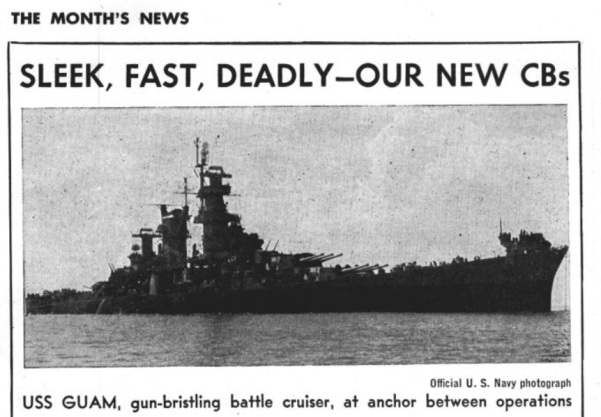
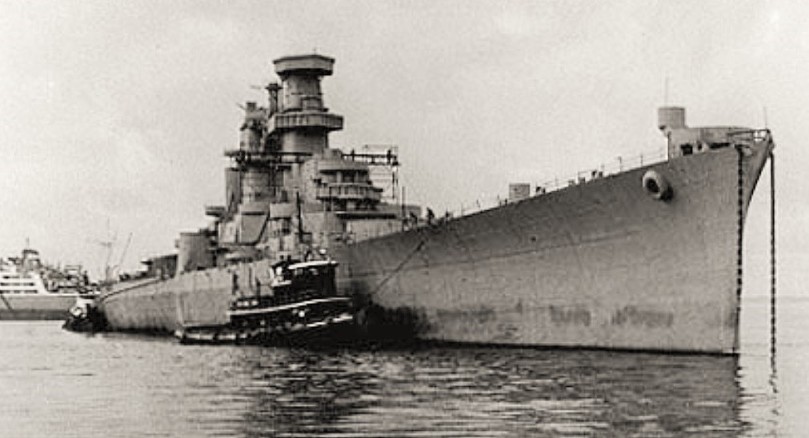

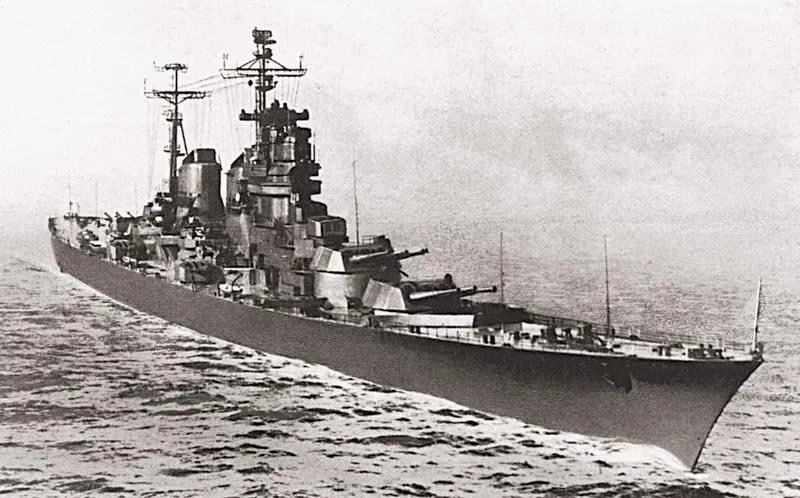
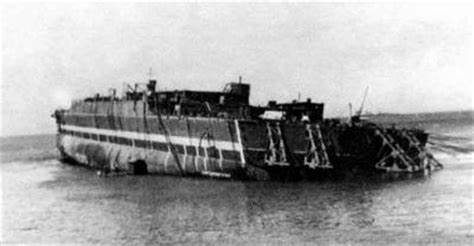




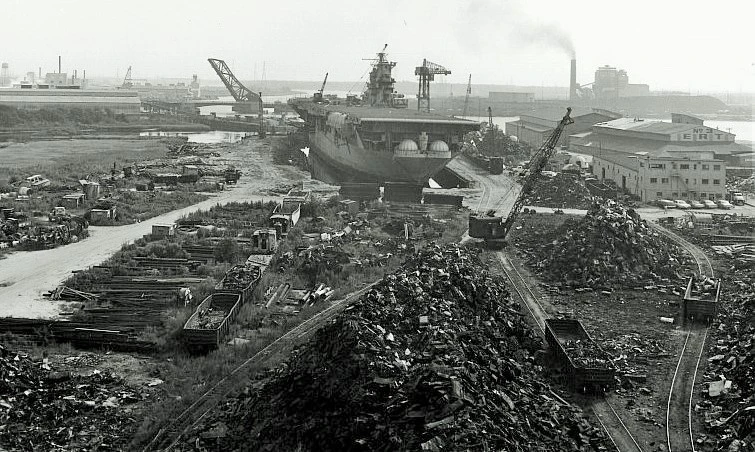
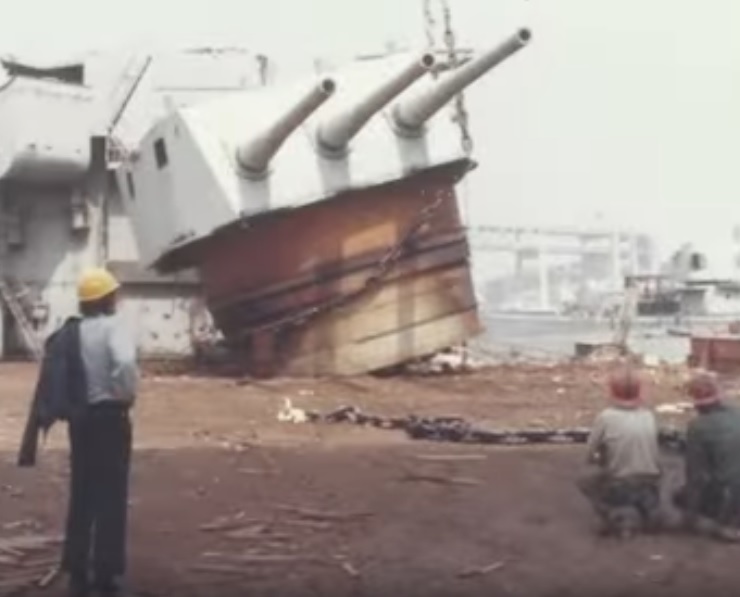
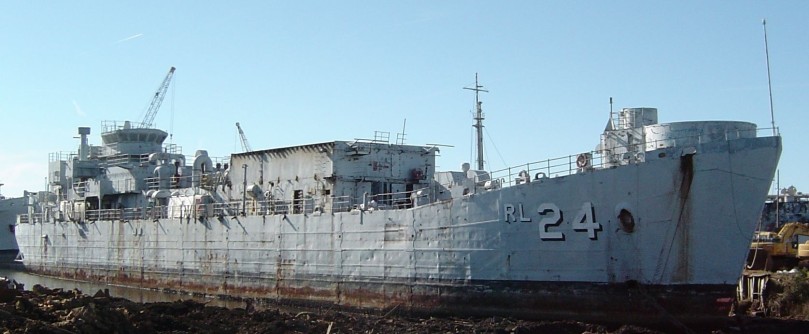
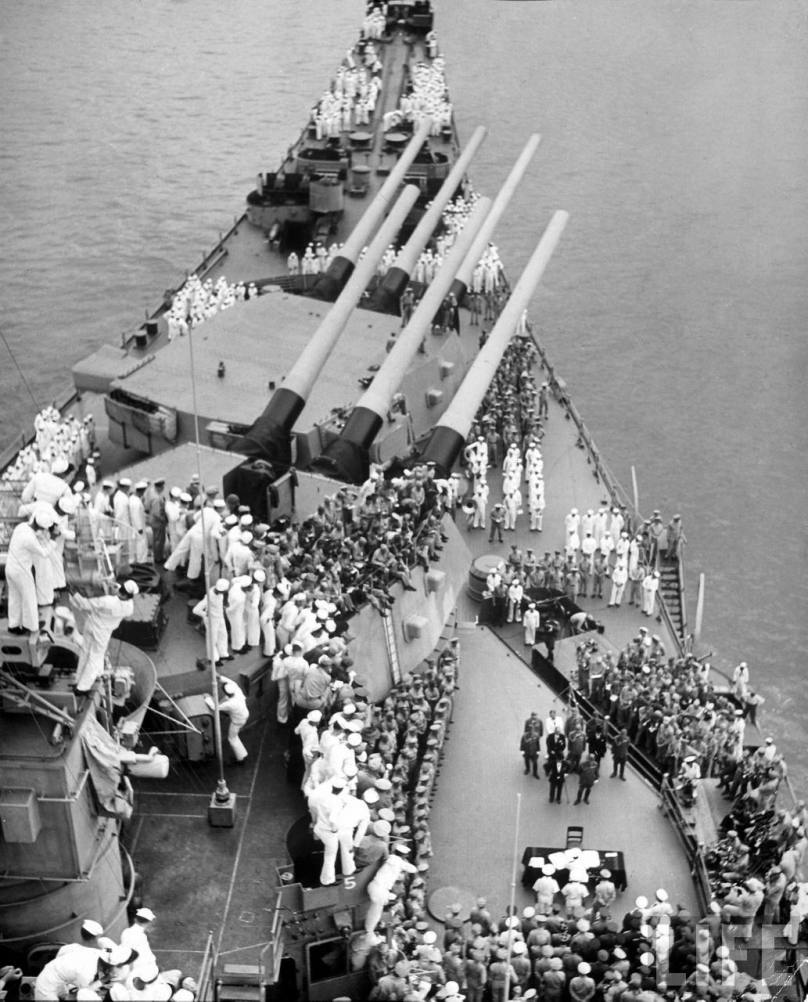

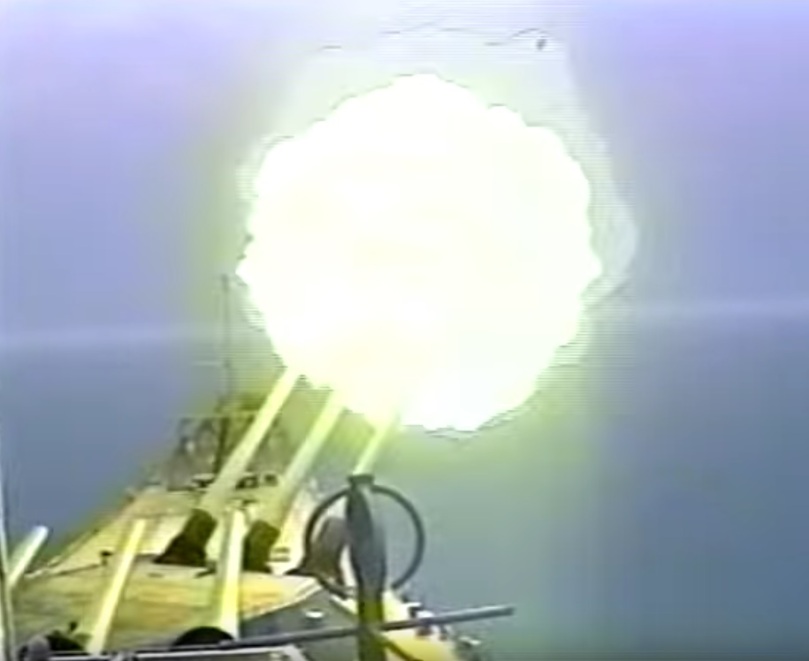 (USS Missouri firing in the Persian Gulf in 1991. A departing 16″ shell is visible.)
(USS Missouri firing in the Persian Gulf in 1991. A departing 16″ shell is visible.)



